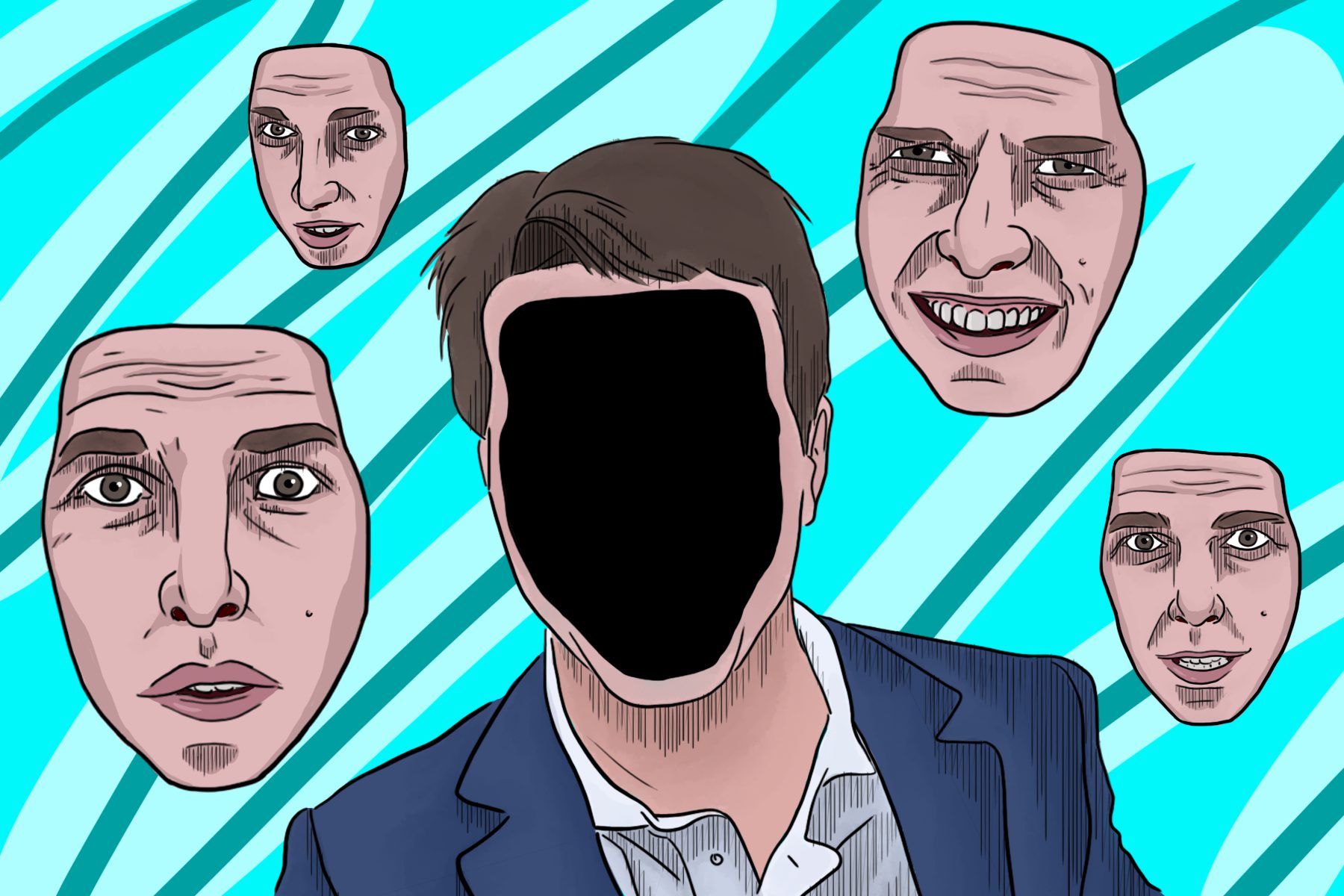Tom Cruise’s TikTok account wasn’t exactly what it seemed — because it wasn’t him at all. Using deepfake technology and a great impersonation, a man successfully fooled the world. Here is how he did it, and what this means for the internet.
On Feb. 22, the internet thought legendary actor Tom Cruise ventured from the silver screen to TikTok when an account under the username @deeptomcruise began circulating videos of the actor. From magic tricks to a day of golfing, the account appeared innocent. At first glance, it seemed like Tom Cruise wanted to get in on the fun of TikTok by posting light-hearted comedy in the same vein as the usual viral clips that trend on the app, but it was not what it seemed.
@Deeptomcruise wasn’t the Hollywood actor at all. The man in the videos was a skilled Tom Cruise impersonator with a knack for visual effects. Belgian visual effects specialist Chris Ume spent weeks crafting the trio of videos on the account, combining an open-source DeepFaceLab algorithm with his experience with well-established video editing tools. He started working on a Tom Cruise deepfake in 2020 and even documented his process in a video on his YouTube channel. In an interview with TheVerge, Ume talks about the production behind the uncannily realistic videos. “By combining traditional CGI and VFX with deepfakes, it makes it better. I make sure you don’t see any of the glitches,” he explained. Beyond Ume and his work, deepfake videos are growing steadily more prevalent on all social media platforms. Despite being in their early years, there’s no doubt that deepfakes present a puzzling conundrum.
The Origins of Deepfakes
The term “deepfakes” originated on Reddit in 2017. A subreddit was created for users to post videos they made using face-swapping technology. Awareness of deepfakes further picked up steam as a tool for manipulating videos of celebrities, politicians and other public figures meant to spark controversy. Moreover, it is growing easier for people to learn how to use AI software that creates deepfakes.
Matt Groh, a researcher at the MIT Media Lab, explained the deepfake production process when speaking with MIT Sloan. He said, “To make a deepfake video, a creator swaps one person’s face and replaces it with another, using a facial recognition algorithm and a deep learning computer network called a variational auto-encoder [VAE].”
When describing how deepfakes can be used to fabricate an actor’s face, Groh said, “VAEs are trained to encode images into low-dimensional representations and then decode those representations back into images. Once this training is done, you combine the encoder trained on the diverse faces with the decoder trained on the actor’s face, resulting in the actor’s face on someone else’s body.”
Dangers of Deepfakes
The first few years of deepfake tech have proved that technology’s proudest advancements can become destructive in the hands of whoever hides behind the monitor — especially now that technology is becoming more readily available to the general public. Even more terrifying is how easily someone you know could gain access to deepfake software.
In a bizarre case of revenge, Rafaella Spone used deepfake technology to harass members of her daughter’s former cheerleading team. After months of the harassment, one of the victims came forward to report the crime. From there, the police were able to track the IP address back to Spone.
In the criminal complaint, it’s reported that Spone allegedly cyberbullied three teenage members of the team by creating false nude images to make it appear as though the girls were partaking in underage drinking or vaping. In an interview with The New York Times, Matt Weintraub, the Bucks County district attorney, stated, “This technology is not only very prevalent but easy to use. This is something your neighbor down the street can use, and that’s very scary.”
How To Spot a Deepfake
With deepfake technology becoming more pervasive, it is imperative to stay alert and conscious of the media we consume. As AI software and advanced digital editing tools become more accessible, knowing the characteristics of fabricated media will ensure a safer online experience. Along with his team, Edward J. Delp, a professor at the School of Electrical and Computer Engineering at Purdue University, has used his 25 years of experience studying media forensics to develop tips for spotting deepfake content the next time you’re scrolling through social media.
Delp first recommends focusing on the details of the media. Deepfake producing technology has not yet been able to perfectly replicate natural movements such as blinking or head motions. Odd blinking patterns, unnatural head movements or even crooked facial expressions are indicators that who you’re watching may not be who they seem.
If you’re still unsure, Delp says to look deeper into the video. Do the head and shoulders match well? Are there discrepancies between the person in the foreground with the background? Does it just seem off? If it seems off, Delp urges you to trust your intuition and be cautious of the message in the content, as you do not know the true motivation of the person who posted it.
As daunting as this insurgence of deepfakes is, it highlights the dichotomy of advancing technology. On one hand, society would not be where it is today without pushing technological boundaries. On the other, situations like this offer ethical dilemmas that challenge society’s ideas on who should have access to what powers. This predicament will only strengthen as deepfake software availability spreads to more platforms, and it will force us to address the issues of free expression and the spread of misinformation on the internet.
Regardless of your stance, this situation serves as a reminder to practice healthy skepticism online. Though Tom Cruise’s TikTok doppelganger debut concluded without harm, it shows that deepfake technology is becoming commonplace on the internet. In the same interview with MIT Sloan, Matt Groh stated, “People can defend themselves against deepfakes using their own intuition and intellect. You have to be a little skeptical, you have to double-check and be thoughtful.” Groh continued, “It’s actually kind of nice: It forces us to become more human because the only way to counteract these kinds of things is to really embrace who we are as people.”
















